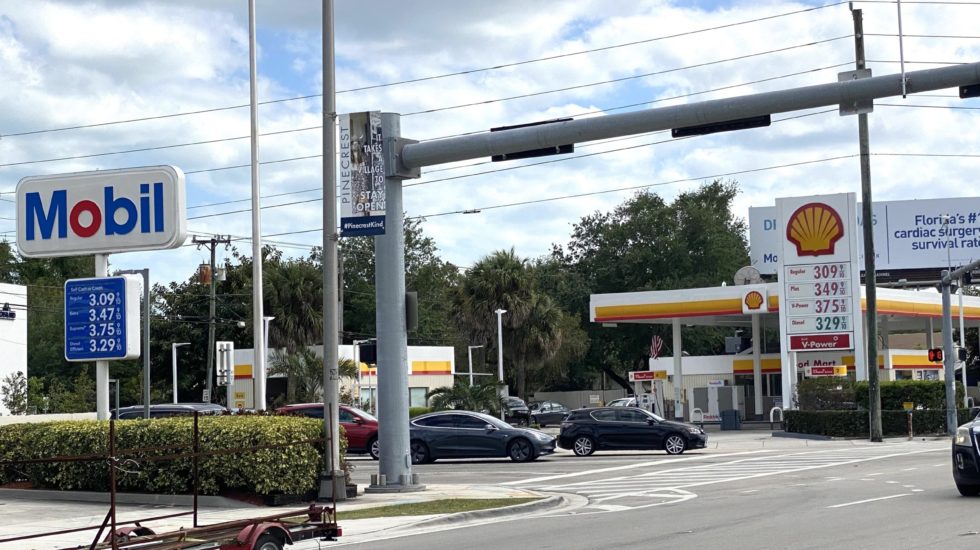If you’ve filled up the gas tank in the family car recently, you’ve no doubt noticed it takes more money to get the same gallons of gas. That’s because the price of gasoline has risen for 47 consecutive days, according to AAA. The national average is now $2.89 a gallon, with higher prices seen in many larger cities.
Why the surge in prices? One energy analyst who talked with CNN blamed it on cabin fever.
“$3 gas will be the norm by Memorial Day. We’ve been trapped inside for a year. People want to get out of the house.”
Because everything today is a potential political salvo, conservatives have jumped on the higher gas prices to pin the blame on President Biden.
Is he to blame for the higher prices?
Not quite.
There are several issues at play here. One being the winter storm that virtually crippled the Texas energy industry for weeks. It’s true that the White House in late January imposed a 60-day suspension of oil and gas leasing and drilling permits on federal lands. It’s also true he rescinded the controversial Keystone XL Pipeline, but experts say that has absolutely no effect on the price of oil or gas this year. People who follow the energy industry, such as Patrick De Haan from GasBuddy, actually say the price hikes were inevitable.
“Make no mistake, prices would have gone up no matter who was in the White House. This is more about economic recovery.”
In many ways, the higher prices at the pump are indicative of that most basic business principle: Supply and demand. As the number of vaccinated Americans increases, more people are returning to the road. Employees are returning to offices after a year of working from home, families are starting to take road trips again, and we’ve got summer on the horizon, typically a time for increased gas demand.
In some ways, the higher gas prices suggest the economic recovery Biden promised on the campaign trail is happening. American oil production is down to less than 11 million barrels a day at the moment, due to reduced demand caused by the pandemic. That’s 2.2 million barrels less than this same time in 2020.
If prices continue to rise, there is plenty of room to put more oil on the market to level things off.



